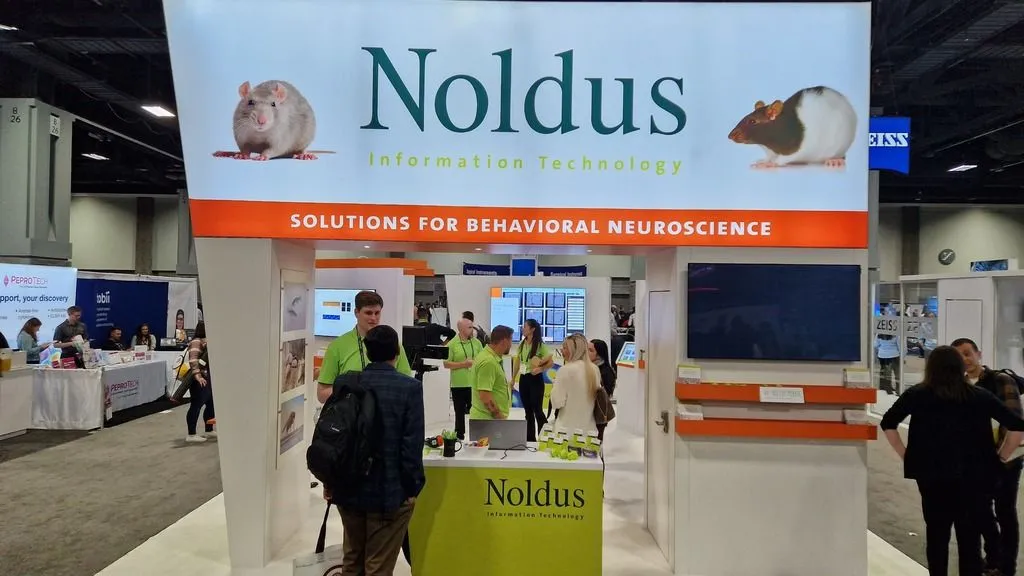The welfare of therapy dogs
Dogs have been used with adult substance abuse patients in animal-assisted interventions (AAIs) and animal-assisted therapy (AAT). Why use dogs in therapy? The impact of animal-assisted therapy on the dogs.
Posted by
Published on
Wed 25 Jun. 2014
Topics
| Welfare | Animal-human Interaction | Dogs | The Observer XT |

As anyone who owns a pet could probably tell you, animals are great comforts to their human partners. The relationship between animal and human can go beyond just pet and owner, however, and become a therapeutic relationship. For example, dogs have been used with adult substance abuse patients in animal-assisted interventions (AAIs) and animal-assisted therapy (AAT).
Why use dogs in therapy? They can be a good motivator for participation in an intervention and become a source of trust and comfort to the patient, thus improving the chance of therapy success. There has been a lot of research done on the impact that using dogs in therapy can have on humans. But what about the effect it has on the welfare of the dogs?
The impact of animal-assisted therapy on the dogs
Although research has focused mainly on the impact of using dogs in therapy for humans, there still is another side to this story. There have been few attempts to monitor the welfare of the animals – in this case, the dog’s ability to cope and adapt to the environment it has been placed in. Lisa Maria Glenk and colleagues looked to change this. In this study, patients interacted with the therapy dogs based on the professional’s instructions. There were several components to human-animal interaction behaviors, including verbal contact and tactile contact. Human-animal contact was initiated by the dog and the participants had already been instructed how to interact with the therapy dog in the appropriate way.
Glenk et al. used both behavioral measures and salivary cortisol levels to monitor the welfare of the dogs used in this study. Researchers used The Observer XT to analyze the behavior of the dogs, using behavioral variables which were recognized easily by the observers. There was a range of behaviors examined – some were activity-related (such as running, sitting, and standing), while some were behaviors that had been previously shown to be linked to stress (such as lip licking, paw lifting, and panting).
Saliva samples were also collected to test cortisol levels. In order to lessen the chance of circadian effects on the salivary cortisol, researchers limited their tests to a certain time of day. Only sessions starting in the morning were used in this analysis. In addition to the saliva samples collected presession and postsession, samples were also taken at home to be used as a baseline.

Results
Overall, there was no significant difference found in behaviors presession and postsession in the “activity” category or with the stress-related behaviors. Researchers also looked at the salivary cortisol levels in the dogs tested presession and postsession and found no significant differences. So what does these results indicate?
Both the consistency in cortisol levels and in behavior suggest that the dogs were not stressed by their participation in therapy. As for the behaviors examined in the dogs, behavior is thought to be closely related to the situation. Therefore, behavioral cues must be interpreted carefully. Glenk et al. propose that certain behaviors that have been seen as related to stressful experiences before, such as lip-licking and body shaking, may be used by the dog to help manage stress.
Next steps in animal-assisted therapy
Animal-assisted therapy (AAT) is a field that has been studied before, but most of the attention has been focused on the patients and their reaction to the dogs. This study focused on the behavioral and physiological health of the therapy dog and how a therapy session affected that. In the future, larger studies in this field will help provide further insights on behaviors and their relationships to cortisol and stress. Beyond just focusing on either the patient or the dog, future studies could examine the relationship of the patient to the dog. The continued research in this field will help evaluate the comfort levels of both patient and dog in therapy situations, and it will identify situations where it may be inappropriate to use AAT.
Reference
Glenk, L.M.; Kothgassner, O.D.; Stetina, B.U.; Palme, R.; Kepplinger, B.; Baran, H. (2014). Salivary cortisol and behavior in therapy dogs during animal-assisted interventions: a pilot study. Journal of Veterinary Behavior, 9, 98-106.
Related Posts

The Internet of Things, LoRa, 5G, and measuring behavior

Neuroscience conferences you should visit in 2025

